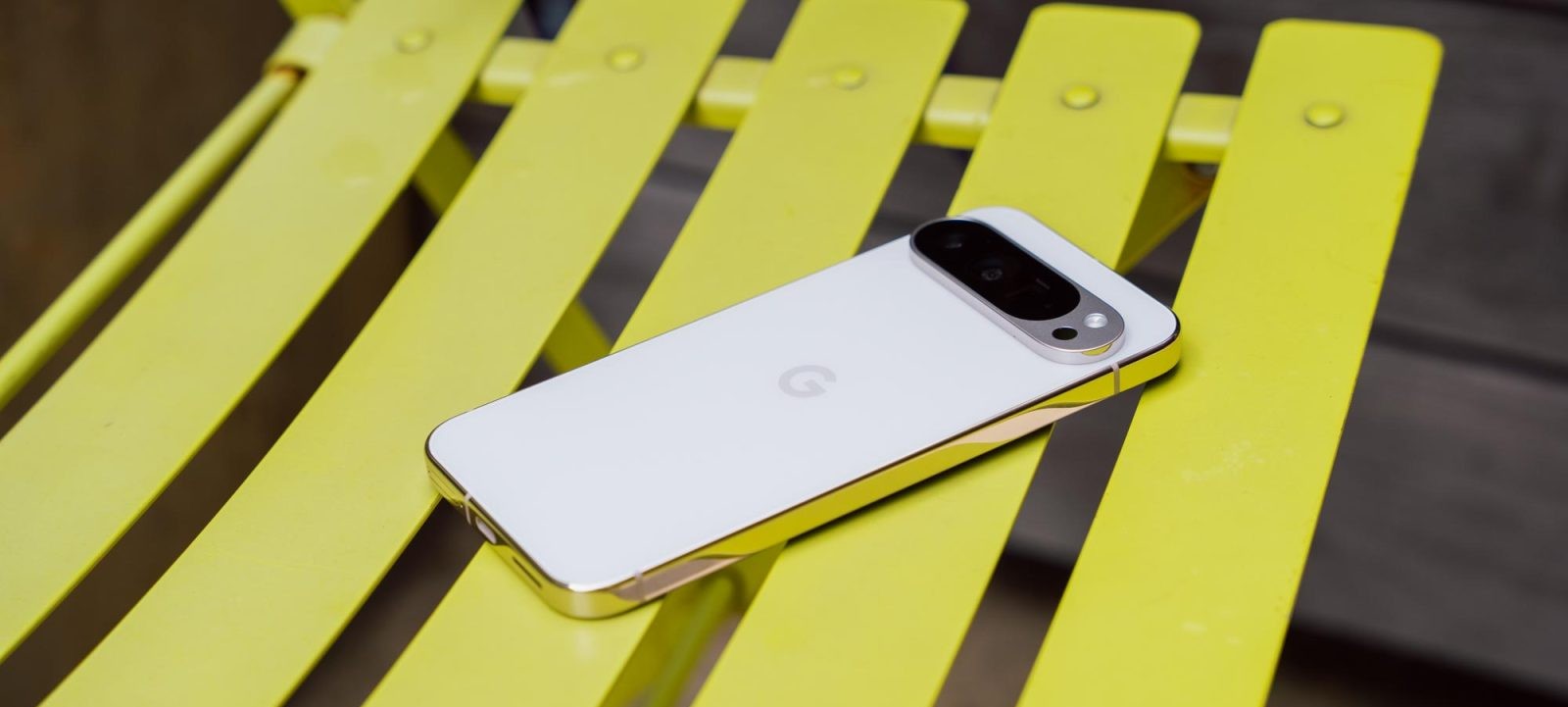In July 2025, Google introduced a significant update to its Chrome browser for Android, allowing users to reposition the address bar from its traditional top placement to the bottom of the screen. This change aims to enhance one-handed usability, especially on devices with larger displays. The feature’s rollout has been met with a spectrum of user reactions, reflecting both appreciation and critique.
Background and Implementation
The concept of a bottom-mounted address bar isn’t new. Apple’s Safari browser implemented a similar design in 2023, and other browsers like Samsung Internet and Arc have long offered this feature. Google’s journey toward this design began as early as 2017 with the Chrome Home experiment, which was eventually deprecated in favor of Chrome Duplex, a split toolbar interface. Despite these earlier efforts, the bottom address bar never made it to the stable version until now.
To activate the bottom address bar in Chrome for Android, users can either touch and hold the address bar and drag it to the bottom or navigate to Chrome settings, select the new Address bar section, and choose the desired placement. Notably, while the address bar can be moved, other elements like the three-dot menu and its options (new tab, incognito tab, bookmarks, history) remain at the top.
User Reactions and Critiques
The introduction of the bottom address bar has elicited varied responses from the user community. Some users appreciate the enhanced accessibility, especially for one-handed browsing on larger devices. However, others find the change disorienting due to years of muscle memory associated with the top-placed address bar.
A poll conducted by 9to5Google revealed that while some users have embraced the new feature, others have reverted to the traditional top placement. One user commented, I gave the bottom address bar a try and just couldn’t do it. Maybe if that option had been available since Android first came out, it might have been the more convenient location. But now I have over 15 years of muscle memory built up, and trying the bottom bar just had me continually clicking in the wrong (top) location all the time.
Critics also point out that while the address bar’s position has changed, other UI elements like the overflow menu remain at the top, potentially negating the ergonomic benefits of the new design. Suggestions for improvement include reordering the overflow menu to place key actions near the user’s thumb and updating other parts of the UI accordingly.
Comparative Analysis with Other Browsers
The move to a bottom address bar aligns Chrome with other browsers that have adopted similar designs. Apple’s Safari, for instance, introduced a bottom-mounted address bar in 2023, aiming to make browsing more accessible on larger iPhone screens. However, this change was initially met with controversy, leading Apple to provide an option to revert to the traditional top placement.
Similarly, browsers like Samsung Internet and Arc have long offered bottom address bars, catering to users who prefer this layout for its ergonomic advantages. Google’s adoption of this feature reflects a broader trend in mobile software design, emphasizing personalization and user choice.
Future Implications and User Choice
The introduction of the bottom address bar in Chrome for Android signifies Google’s responsiveness to user feedback and its commitment to enhancing user experience. By offering the flexibility to choose the address bar’s position, Google acknowledges the diversity of user preferences and the importance of customization in modern software design.
As smartphones continue to evolve, with larger screens becoming the norm, features that enhance one-handed usability will likely become more prevalent. However, the mixed reactions to Chrome’s bottom address bar highlight the challenges of implementing such changes, especially when they disrupt long-standing user habits.
In conclusion, while the bottom address bar in Chrome for Android offers potential benefits in terms of accessibility and usability, its success will ultimately depend on user adoption and feedback. As with any significant UI change, providing users with the option to customize their experience is crucial in ensuring satisfaction and ease of use.



